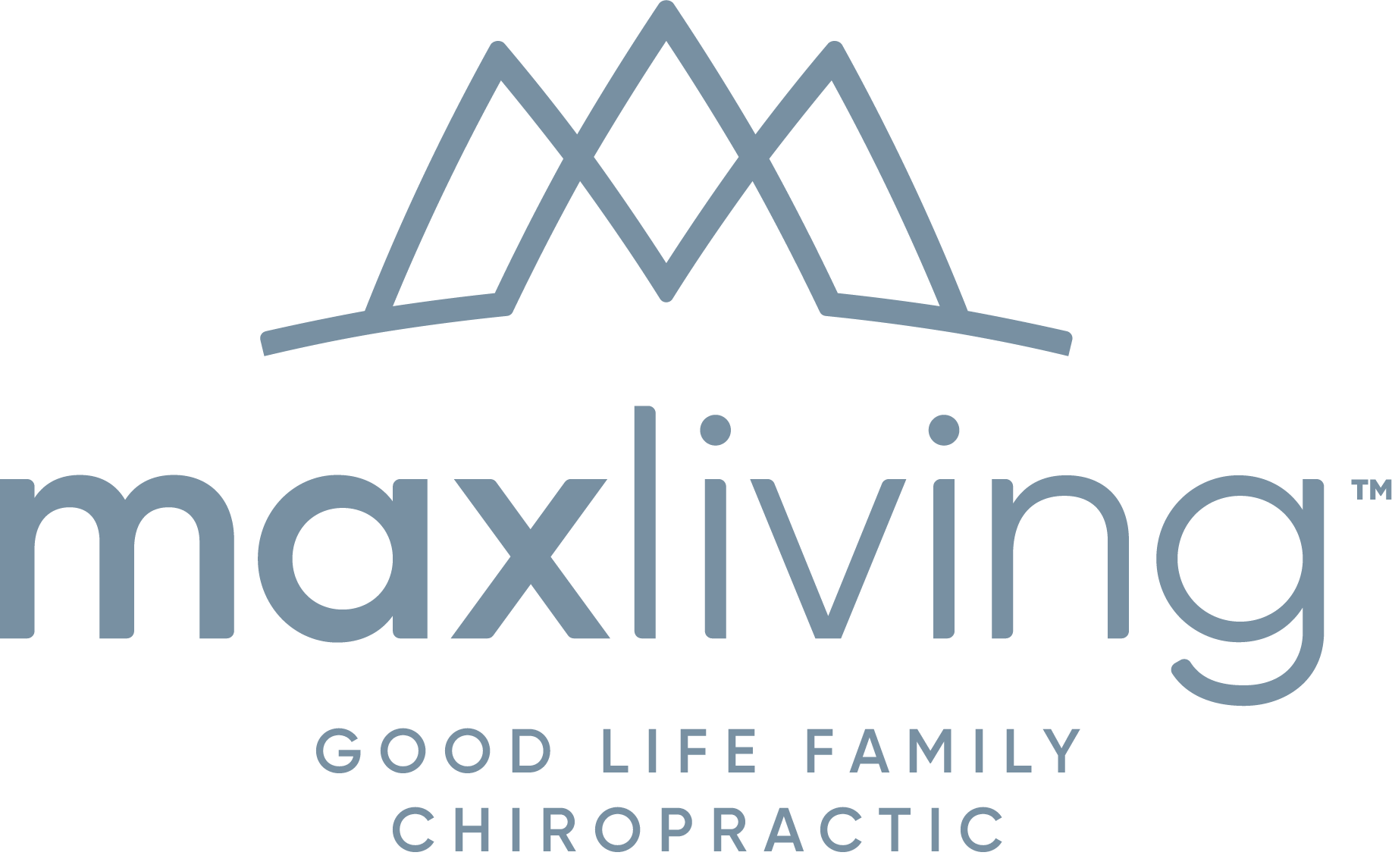Healing Neuropathy Naturally
Neuropathy: A 5 Essentials Approach to Restoring Nerve Health
Neuropathy can feel like a prison—numbness, tingling, burning, weakness, or stabbing pain rob you of peace, function, and joy. For many, it begins quietly, but over time becomes a constant reminder that something isn’t right. And while prescriptions and invasive procedures may offer short-term relief, they rarely address the root cause.
But what if healing was possible? Not by masking symptoms, but by activating the God-designed systems of repair already built into your body?
At Good Life Family Chiropractic, we believe that true health is restored when we realign our lives with God’s principles—and that begins by removing interference and restoring function. That’s what the 5 Essentials of MaxLiving are all about. Let’s look at how each Essential plays a critical role in reversing the course of neuropathy—naturally, safely, and for the long haul.
Essential 1: Mindset – Believe That Healing Is Possible
Neuropathy is not just a physical condition. It affects how you think, sleep, and hope. Scripture reminds us, “As a man thinks in his heart, so is he” (Proverbs 23:7). A mindset of fear, discouragement, or resignation creates chemical and hormonal imbalances that increase inflammation and pain perception.
Research confirms that stress and negative emotions can exacerbate neuropathic pain through central sensitization (Lee et al., 2021, Frontiers in Neuroscience). But when we align our thoughts with faith, gratitude, and purpose, we shift our body into a state more conducive to healing (Davidson & McEwen, 2012, Nature Neuroscience).
Essential 2: Nervous System – Restore What Controls Everything
Your nervous system is the command center of every organ, muscle, and cell in your body. Neuropathy means the communication highways—especially the peripheral nerves—are damaged or inflamed. But what most don’t realize is that dysfunction often begins at the spinal cord, where nerve interference (subluxation) impairs signaling.
Chiropractic adjustments have been shown to improve nerve function and pain perception in patients with peripheral neuropathy (Kavčič et al., 2021, Journal of Manipulative and Physiological Therapeutics). By realigning the spine and restoring nerve flow, we remove interference and give the body a chance to repair damaged tissue.
We’ve seen patients walk again without pain, regain sensation in their feet, and throw away their walkers—not because we did something magical, but because their bodies were designed to heal once the interference was removed.
Essential 3: Nutrition – Fuel Nerve Regeneration
Nerves are living tissue, and like all tissue, they require fuel and raw materials to heal. A diet high in processed foods, sugar, and inflammatory oils creates oxidative stress and mitochondrial dysfunction—two key drivers of neuropathy (Chowdhury et al., 2019, Journal of Diabetes Research).
Studies show that nutrients like B12, alpha-lipoic acid, and omega-3 fatty acids can reduce nerve pain and support regeneration (Ziegler et al., 2006, Diabetes Care; Lewis et al., 2017, NeuroMolecular Medicine). That’s why we teach our patients to eat a diet rich in whole, healing foods—and supplement where necessary with targeted clinical-grade support.
You can’t out-adjust a bad diet. But when you remove the toxins and give your cells the right building blocks, healing begins to take root.
Essential 4: Oxygen & Exercise – Move to Heal
When neuropathy strikes, the temptation is to stop moving—but motion is life. Movement increases circulation, oxygenation, and nerve stimulation—all of which are critical to reversing neuropathy. Even light movement or rebounding can help reduce symptoms and stimulate regeneration.
Aerobic exercise has been shown to improve blood flow, reduce inflammation, and increase nerve density in people with diabetic neuropathy (Balducci et al., 2006, Diabetes Care). We work with each patient to build a safe, tailored plan to restore function—starting at whatever level they’re at.
The goal isn’t a marathon. It’s movement. It’s reminding your body that you were made to heal through action, not stagnation.
Essential 5: Detox – Remove the Hidden Saboteurs
Toxins are silent enemies in the battle against neuropathy. Heavy metals like mercury, lead, and arsenic, as well as chronic exposure to pesticides or certain medications, have been linked to nerve damage (O'Brien et al., 2017, Toxicology Letters).
If you don’t actively detoxify your body, these chemicals accumulate and interfere with cellular repair. Our detox protocols use whole-food nutrition, targeted supplementation, and cellular support to help your body eliminate what doesn’t belong—freeing your nerves to heal.
God didn’t design your body to store poison. He designed it to release and renew.
Hope for the Hurting
Neuropathy doesn’t have to be a life sentence. With the right plan, the right beliefs, and the right support, thousands of people have reversed their symptoms and reclaimed their lives. The 5 Essentials provide a biblical, scientific, and practical roadmap for healing that addresses the whole person—not just their diagnosis.
If you’re struggling with neuropathy, don’t give up hope. Schedule a consultation at Good Life Family Chiropractic and take the first step toward restoring the life God intended for you to live—vibrant, free, and pain-free.
References
- Lee, M., et al. (2021). “Emotional modulation of neuropathic pain: a review.” Frontiers in Neuroscience. https://doi.org/10.3389/fnins.2021.630406
- Davidson, R. J., & McEwen, B. S. (2012). “Social influences on neuroplasticity: stress and interventions to promote well-being.” Nature Neuroscience, 15(5), 689–695. https://doi.org/10.1038/nn.3093
- Kavčič, T., et al. (2021). “Effects of chiropractic care on peripheral neuropathy: a systematic review.” J Manipulative Physiol Ther. https://doi.org/10.1016/j.jmpt.2021.02.004
- Ziegler, D., et al. (2006). “Treatment of symptomatic diabetic polyneuropathy with the antioxidant alpha-lipoic acid.” Diabetes Care, 29(11), 2365–2370. https://doi.org/10.2337/dc06-1216
- O’Brien, T. J., et al. (2017). “Neurotoxic effects of environmental toxins.” Toxicology Letters, 280, 96–106. https://doi.org/10.1016/j.toxlet.2017.08.002




